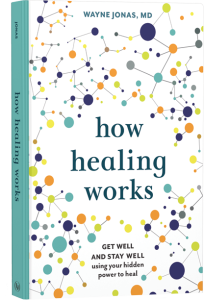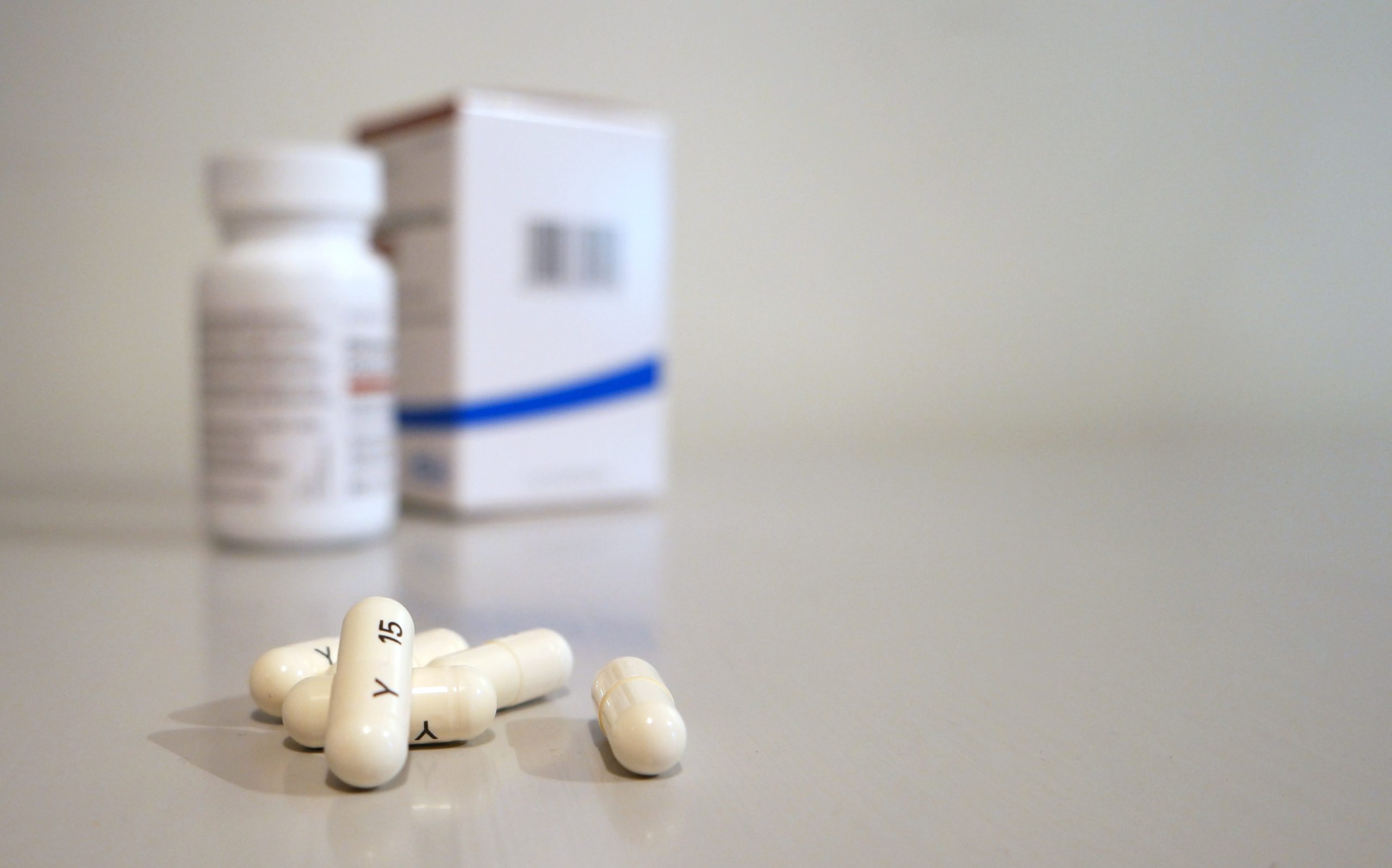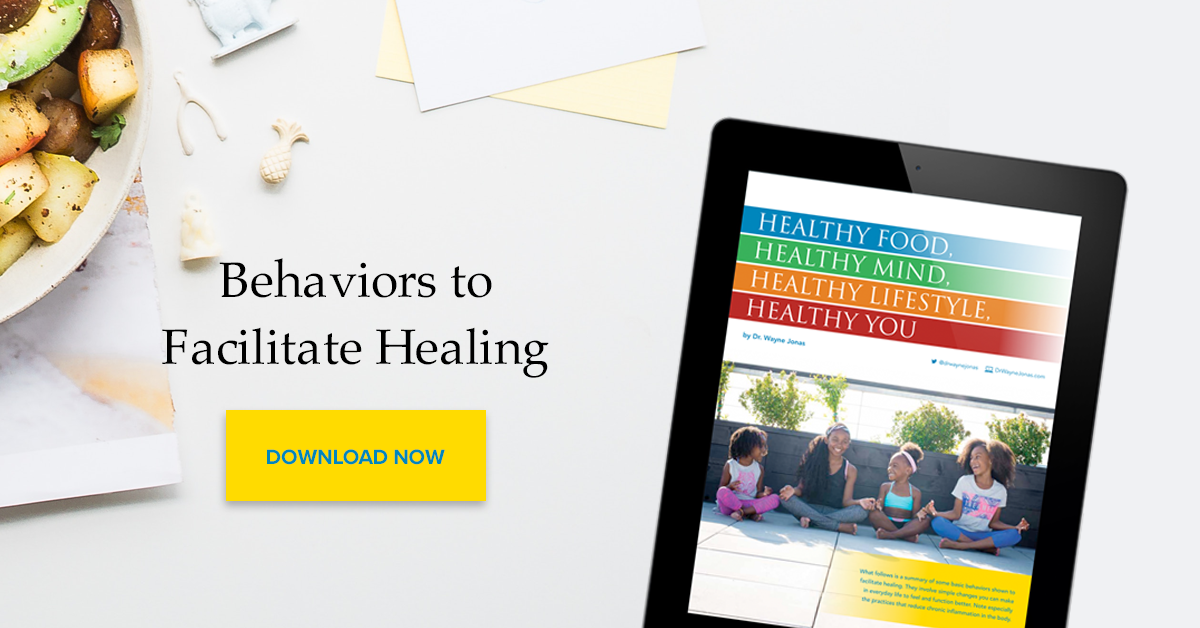When I think about chronic pain, I think about my patient Margaret and her back pain. She wasn’t sure how it started – maybe she lifted her grandson wrong, or it was the extra hours on her feet at the shop.
Her doctors prescribed medications and physical therapy. She had X-rays and an MRI, which revealed arthritis in her spine. Then she developed intense sciatica – pain shooting down her leg. She received an injection and a prescription for an opioid medication to take when the pain was unbearable, which was often at night.
Other medications followed – for sleep, for the nerve pain, and finally to lift her mood. By the time she came to me, she was on five medications, including a daily opioid. She could no longer exercise and had gained 50 pounds in the past 10 years. She was miserable. When she didn’t take her opioid, she became agitated and irritable – classic signs of opioid dependence.
The Opioid Epidemic and Pain
There is limited evidence that these hard-hitting drugs are even effective for people with chronic pain like Margaret. They are also highly addictive, and over time, you need higher and higher doses just to get the same relief. They also have serious side effects, including depression, overdose, death, constipation, and withdrawal symptoms when you stop taking them, like the irritability Margaret experienced. Opioids also mask pain rather than address the underlying cause of the pain or enable you to live with the pain and still maintain a functional quality of life.
Given all this, in 2017 the Centers for Disease Control and Prevention (CDC) issued new pain management guidelines that specifically state: “In general, do not prescribe opioids as the first-line treatment for chronic pain.”
Attempts to reduce opioids, however, without treating the pain, don’t work. Instead, they lead to desperate people who may turn to alternative opioids like heroin or begin “doctor shopping” to find someone who will write the prescription. That’s why it’s critical to open up to other types of options for reducing pain rather than just reducing the number of opioids you’re taking.
Opioid Alternatives
My goal in providing you with this information is to help you avoid the 10 years of misery and pain Margaret experienced. People with chronic pain need three things:
1. A health care team that works together and shares information
If you’re like most people, the doctor you see most often is your primary care provider, likely a family physician or internist. And that’s certainly the place to start when you’re dealing with pain. Estimates are that primary care physicians treat about half of all people living with chronic pain. However, if your pain remains uncontrolled, it might be time to seek out other practitioners.
2. Non-drug approaches to help improve function, cope with the pain as well as reduce it
Non-drug approaches have been shown to have a positive and long-lasting impact. This includes guided imagery, in which people can listen to an audio recording that helps them envision pleasant experiences, meditation, and other relaxation techniques. Biofeedback, yoga, and cognitive behavioral therapy, in which they learn to change their thinking around their pain are also great non-drug approaches.
3. Help managing medications with a goal of getting off or reducing opioid use
Track your pain. For a week before your visit, keep a pain diary in which you rate your pain every couple of hours on a scale of 1 to 10 and what you were doing. Also, track all of the pain medications you take. Write down any non-medical approaches you use to cope with your pain.
For those looking to move away from opioids, remember that there are effective, accessible, non-drug options. With the right team supporting you, you can be in control of your own path to healing.
For more information read the full report.
 Take Your Health Into Your Own Hands
Take Your Health Into Your Own Hands
Drawing on 40 years of research and patient care, Dr. Wayne Jonas explains how 80 percent of healing occurs organically and how to activate the healing process.


